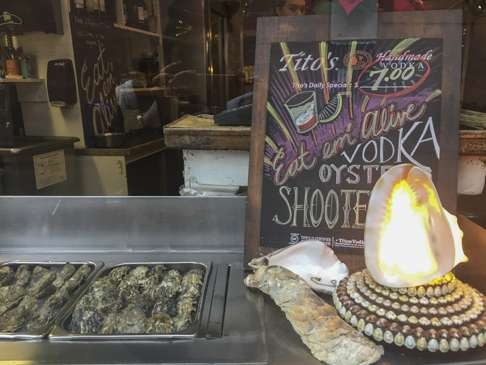
Chinatown for history, Forktown for food – Portland, Oregon is full of surprises
Don’t expect to fill up on great Asian food on a tour of Portland’s Chinatown; feast on reminders of its past instead, and make the most of the other cuisines offered by the west coast city’s eclectic dining scene
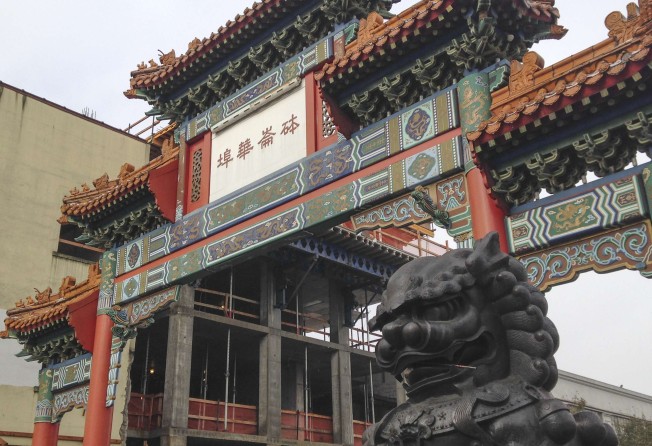
Being Chinese American, I am a bit of a fanatic when it comes to Chinatowns, which in the United States are usually synonymous with fresh produce, seafood, bakeries, dim sum and kitschy gifts. Growing up in New York, my parents and I would drive down to Chinatown every week to enjoy wonton soup and, when possible, the latest Bruce Lee film. I once drove to Toronto to check out the Canadian city’s numerous Chinatowns. Now I live near San Francisco, which boasts some excellent and affordable dim sum.
Thirsting for a new adventure, I decided to visit Chinatown in Portland, Oregon. The city, known for its beer and restaurants and whose nicknames include Forktown, is one of the fastest growing in the US; almost 7 per cent of its roughly 650,000 people are Asian. It would have a robust Chinatown, I told myself.

Portland has roughly 24 restaurants per 10,000 people, right behind San Francisco and Seattle. It boasts 69 microbreweries, with Oregonians alone consuming 650,500 barrels of local beer in 2015. The west coast city also has the most coffee shops in the US, with 2,572 in the city proper.
Surely Portland’s Chinatown should have some of the best Asian restaurants? I sharpened my chopsticks and headed off.
I signed up with Portland Walking Tours and let tour guide John Russell know that I was interested in Chinatown and its food. Russell went ominously quiet. “Well yes, there is Chinatown, but it’s not really Chinatown,” he said.
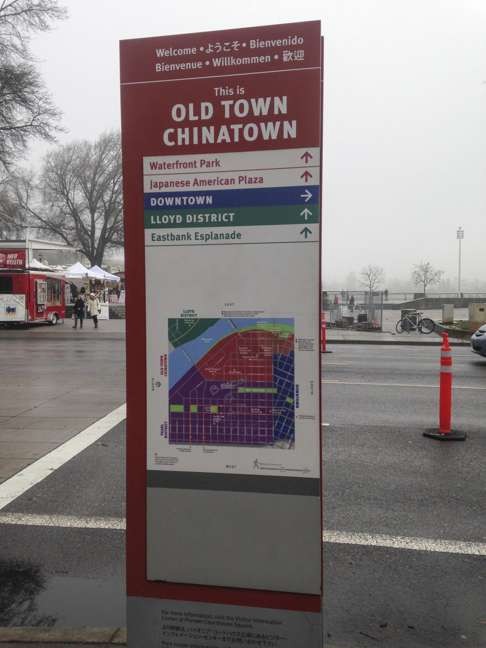
As we started walking, I learned the city has an Old Town Chinatown, featuring the largest Chinese gate after the one in Washington. The Chinese were a critical part of Portland’s history, with more living there than anywhere else in the US other than San Francisco in the 1850s.
The city is attempting to revitalise the area, erecting Chinese-style street lamps and preserving historic buildings such as the Chop Suey Hung Far Low building, dating to the 1920s. Sadly, the efforts don’t appear to be working.
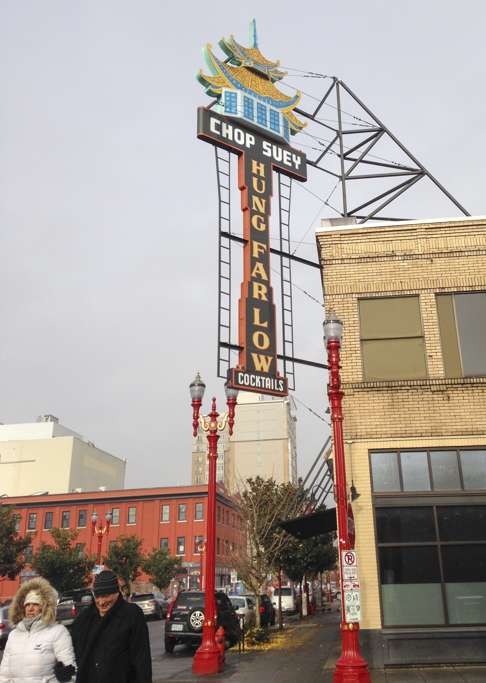
Chinatown is more known for seedy bars, and a handful of sad-looking Chinese restaurants advertising “popular dishes” such as fried rice, chow mein and roasted pig; the most touristy ones, such as Mandarin House Bar, are on the fringes of Chinatown.
According to Russell, the “unofficial, real” Chinatown is across the Willamette River in the 82nd Avenue area in east Portland, the Jade entertainment district. At least 8 per cent of the 135,000 Asian and Pacific islander residents in the Portland metro area live there. The neighbourhood is packed with supermarkets and other shops and even has a newspaper, The Portland Chinese Times.
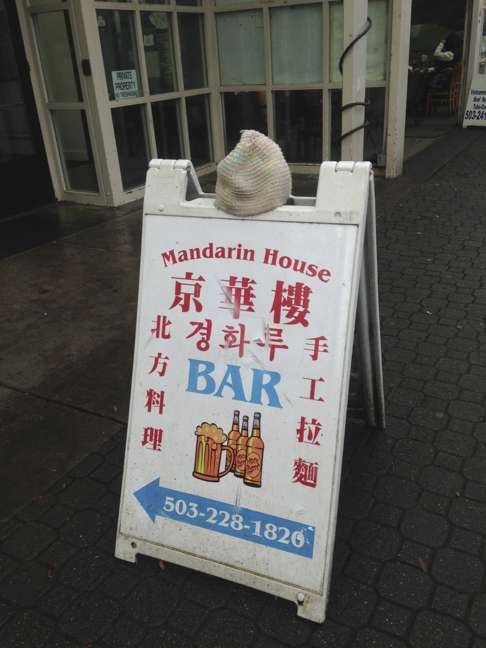
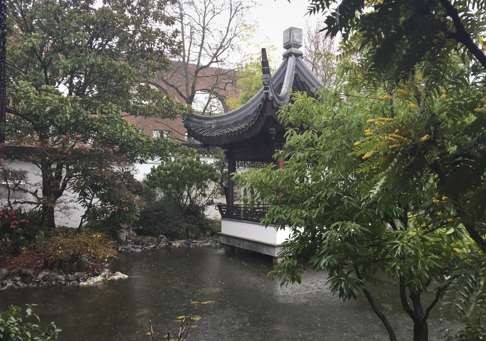
But there is a silver lining. What Old Town Chinatown lacks in restaurants it makes up for in other ways. Here you can find the Lan Su Chinese Garden, a tranquil botanical garden resulting from a collaboration between Portland and its sister city, Suzhou, in Jiangsu province. The Ming dynasty-style garden features numerous plant species, a garden shop with one-of-a-kind gifts such as arm-length red lucky envelopes and colourful kites. A two-storey tea house, The Tao of Tea, offers an extensive variety of snacks, and bowls of noodles and dumplings, and a wide selection of Chinese teas. The tea house is quiet and overlooks an extensive pond sprinkled with lilies.
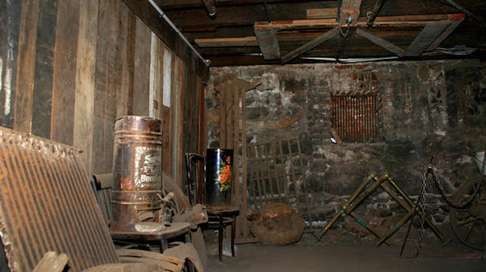
A must for history buffs is Chinatown’s many underground passages, known as the Shanghai tunnels, used as a speedy and convenient way to transport goods from the river to downtown basements. Legend has it the Chinese used them as routes into and out of opium dens. The term “shanghaied” was possibly derived here; drugged victims were smuggled through the tunnels onto ships to become unwilling sailors.
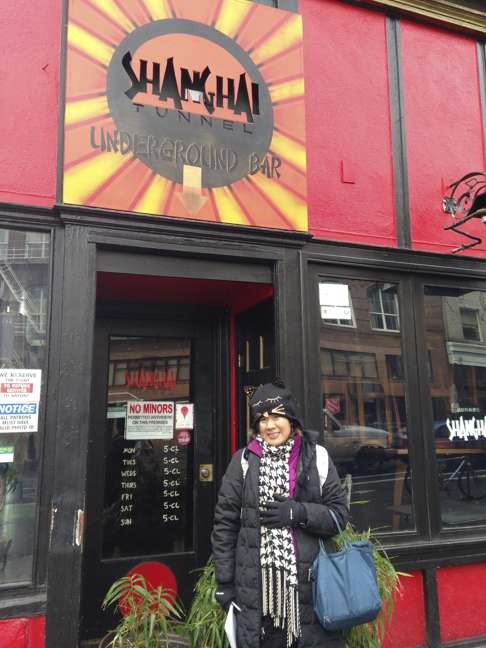
Portlanders still have fun with the legend. There is a popular restaurant called Shanghai Tunnel where house specialities include the Tea House (vodka, green tea and orange and lime juice), and the Kung Fu Hustle (huckleberry flavoured vodka, lemonade, and honey liqueur).
A short distance from Chinatown is the historic Japantown. An excellent stop is the Oregon Nikkei Legacy Centre with its Japanese American History Museum, which depicts a darker side of the city’s history. Portland once had a bustling Japantown with about 5,000 Japanese residents and four Japanese newspapers. Over seven days in 1942, that was wiped out by Executive Order 9066, which sent 120,000 Japanese Americans to internment camps during the second world war.
The walk through the museum is somewhat sobering, with recreations of rooms from the camp. The adjoining gift shop is a lot brighter, with affordable handmade gifts including origami ornaments and scarves.
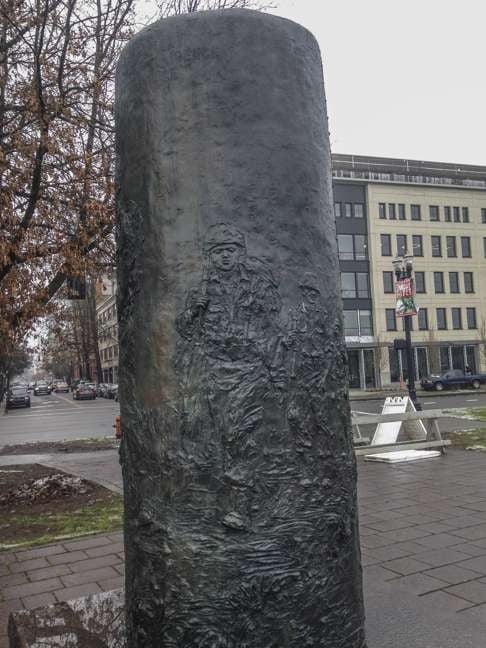
All that walking and I was starting to get hungry. Although I’d had a tremendous fill of Chinatown history, I’d not yet eaten. The good thing is I’d signed up with Forktown Food Tours. If your time is tight, this is the best way to get a good feel for Portland’s dining scene. It’s best to go on an empty stomach.
The tour is led by guide Arielle Adkin, who has worked in local kitchens and includes stops at six restaurants. At US$89 the tour is a steal. I was expecting a bite-sized nibble at each stop; instead it was classy sit-down experiences and ample servings of signaturedishes.
We started with a prosecco with a twist of lemon peel at Nel Centro, a contemporary Italian restaurant. Like many local places, it focuses on locally grown, sustainable foods. The highlight was arugula beet salad, which included a blend of red and golden beet topped with a golf ball-sized roasted goat cheese.
The next restaurant, Southpark Seafood, was one of my favourites. Sous chef Jacob Knapp served smoked scallop with a smear of smoked salmon spread on freshly baked crackers, which we washed down with a cold beer brewed on site.
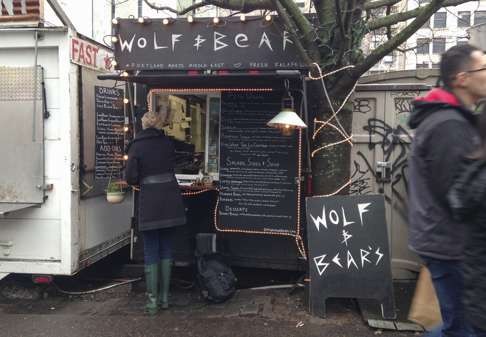
Portland is also known for its many food carts, which deliver cheap, top-notch food. The carts grew out of the 2008 recession. Now they are wildly popular and serve everything from grilled cheese to Korean kebabs to s’mores and sliders. We tried Middle Eastern falafels and pastries at Wolf & Bear’s (which has various locations in Portland).
Next stop was Grassa, owned by celebrity chef Rick Gencarelli, who established himself in Portland in 2009, with the wildly popular restaurants Lardo and now Grassa. Grassa is known for its house-made pasta, which on this day featured rigatoni with slow roasted pork shoulder.
The tour’s finale was a stop at a high-end chocolate store, Cacao, which sells award-winning chocolates from around the world. The Mercedes-Benz of chocolate included a US$22 Chocolat Bonnat bar from France, and gold-dipped chocolates in beautiful shapes.
By the sixth stop, Saint Cupcake, I was too full to try the miniature cakes, which come in funky flavours such as toasted coconut, champagne and chocolate with hot fudge.
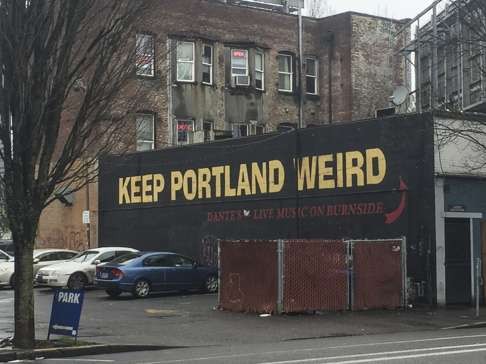
After a hiatus, I returned for round two, standing in a lengthy queue at Voodoo Doughnuts The famous 24-hour doughnut mecca has a wide variety of “offbeat” flavours, including captain crunch, fruit loops, the traditional voodoo doughnut, a pothole and even a racy “cock-n-balls” doughnut.
Being only a street or so away from Chinatown, it was the perfect bookend to an adventure that combined history and food in a city whose motto is “Keep Portland Weird”. It was weird all right, but absolutely addictive.
Six fast facts about visiting Portland
1. Portland is the hot new destination for Americans on the move, because it offers the big city amenities of San Francisco but is not as expensive.
2. It conveniently offers direct flights to Japan, and many cities in the US and Europe.
3. It rains about 300 days a year in Portland; the best time to go is between May and October. Bring a raincoat, umbrella and boots and you’ll be fine.
4. There is no need to rent a car in Portland unless you plan to venture out to the Oregon coast. The city has excellent public transport with a US$5 pass for buses and trams.
5. The best view of the city is from the 30th floor Portland City Grill, at 111 SW 5th Avenue.
6. Portland doesn’t have a sales tax so it’s excellent for visitors who love shopping.